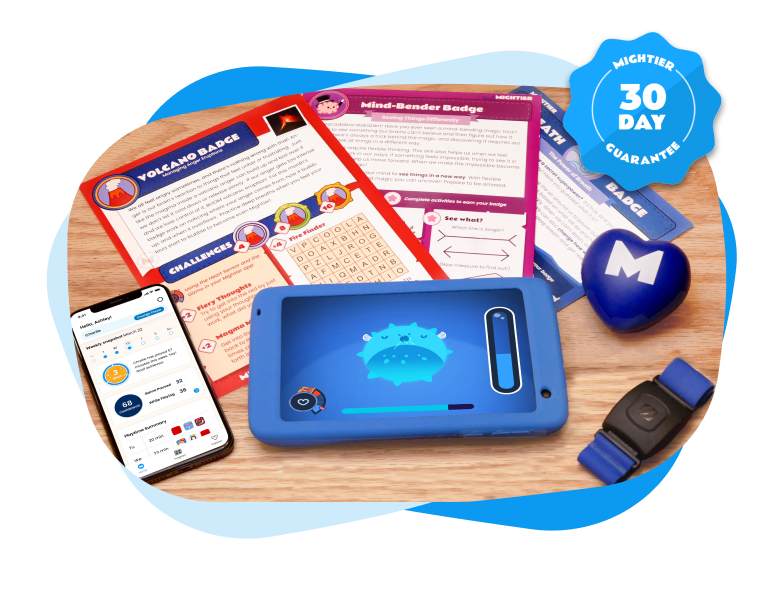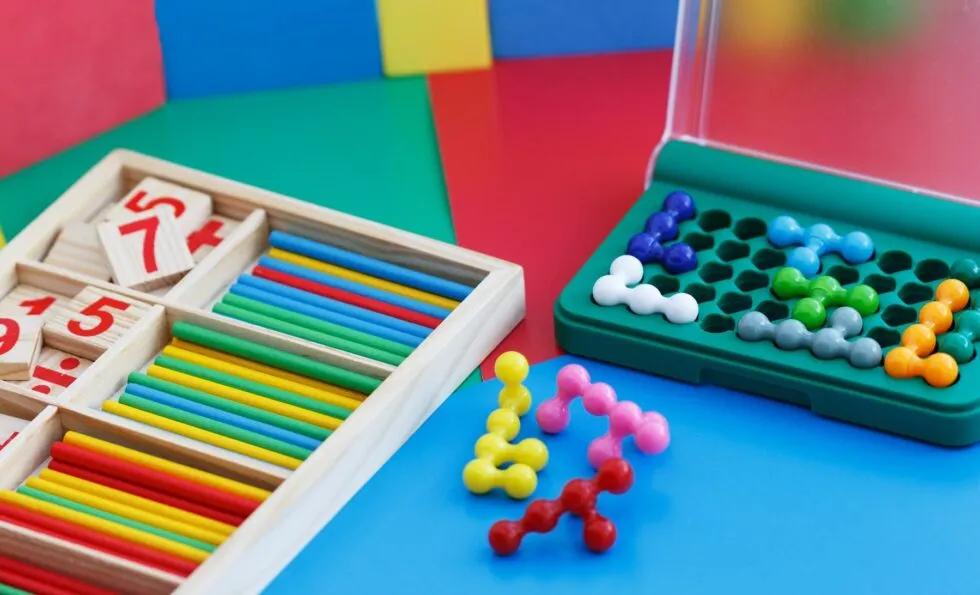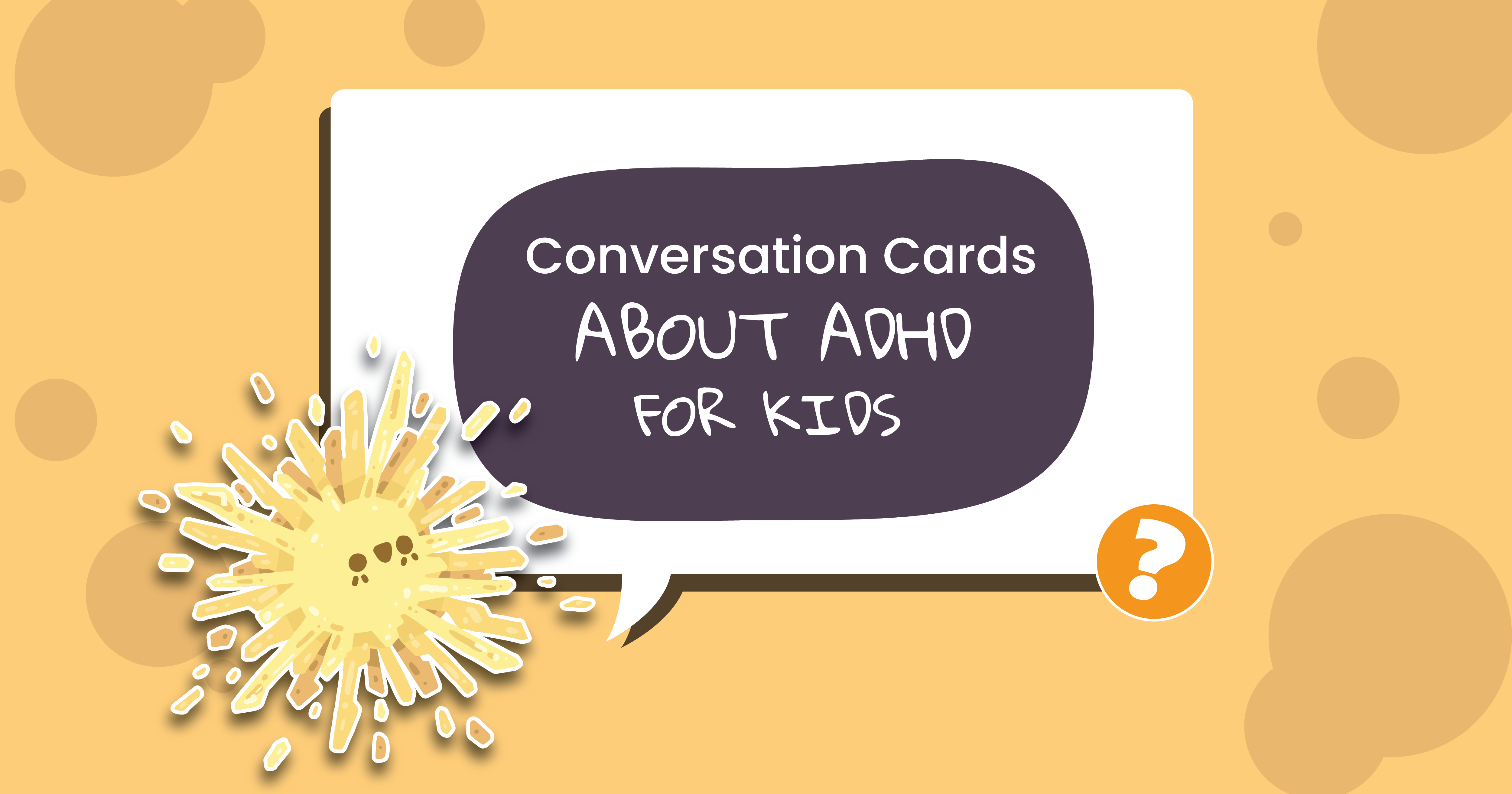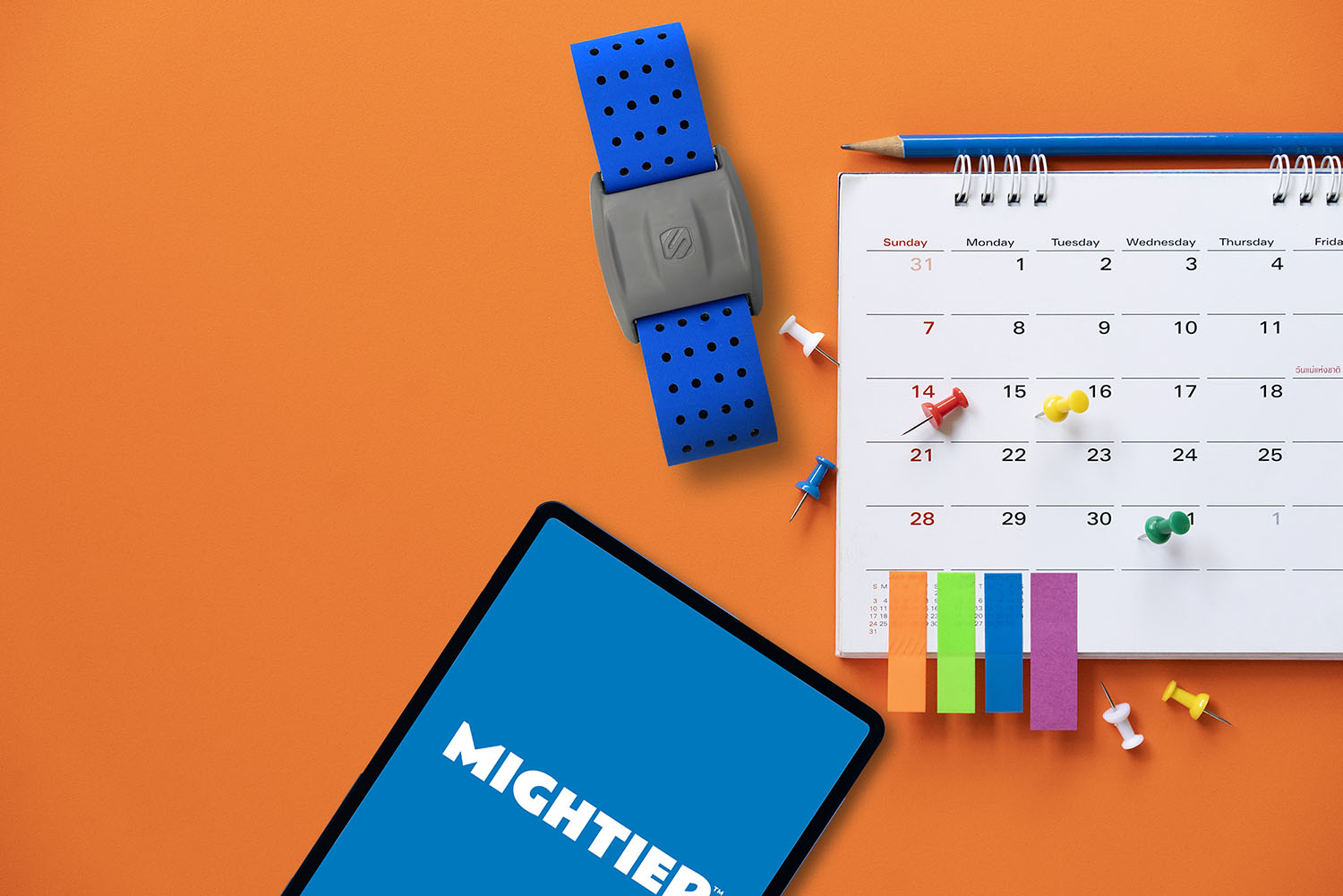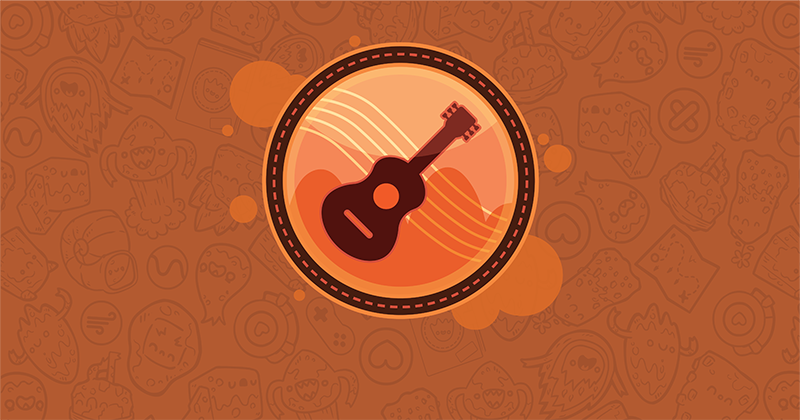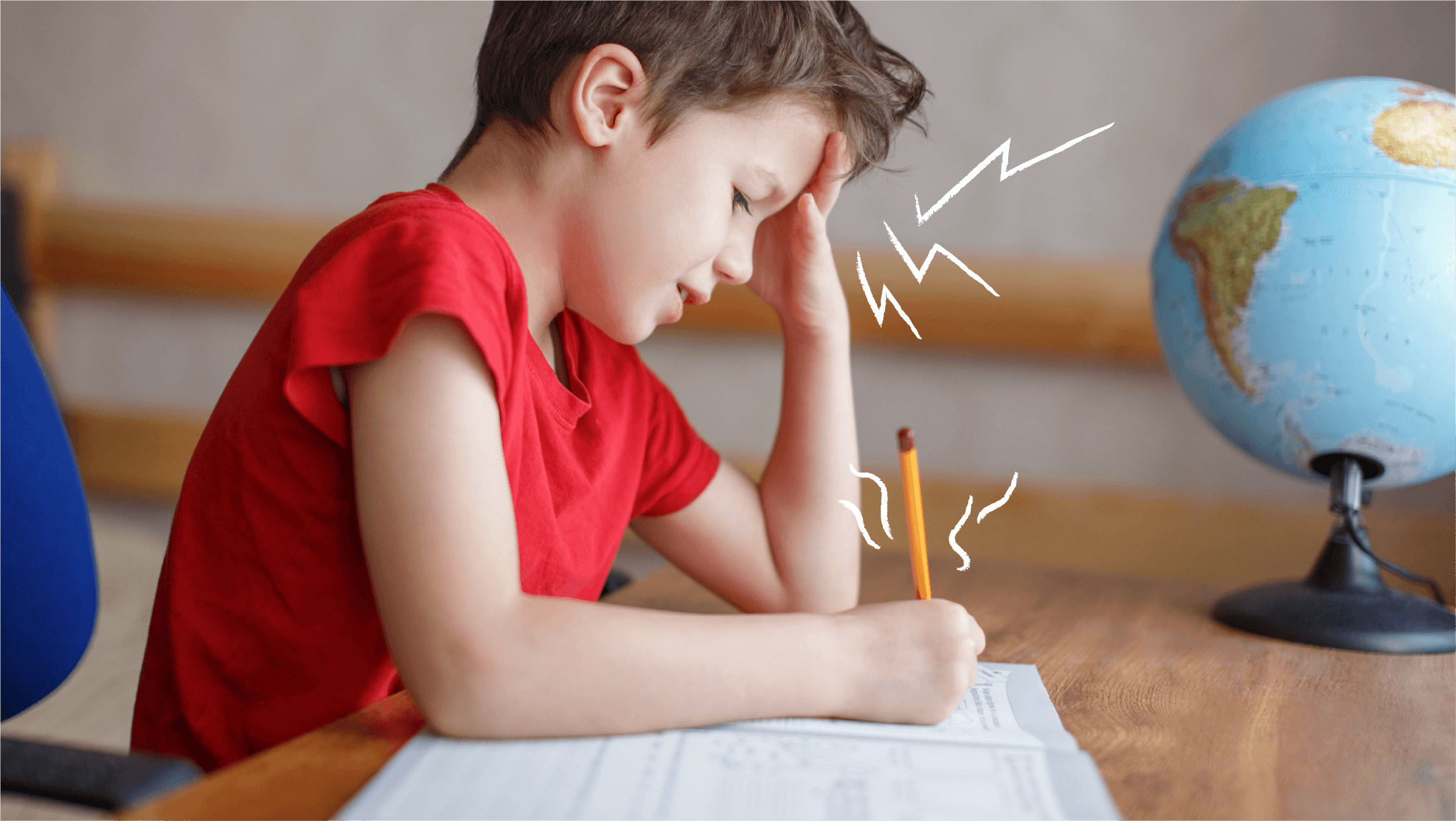
No one is born knowing how to perfectly regulate their emotions. Learning to recognize and respond to emotions is a skill children learn throughout their youth and into adulthood. This process of learning to self-regulate is more complicated, however, when you’re autistic and/or ADHD.
What is emotional regulation?
Emotional regulation is the skill to recognize when we’re feeling emotional, identify what the emotion we’re feeling is, and take an appropriate action to keep our emotion from getting out of control. Having good emotional regulation doesn’t mean suppressing our emotions, and it doesn’t mean that we are always going to make the best decisions about how to handle our emotions in the moment. Rather, emotional regulation is about remaining in control enough to be able to make those decisions in the first place.
Because emotional regulation is an internal process, understanding when children are struggling to regulate their emotions can sometimes be difficult. From the outside, struggles with emotional regulation can look like:
- An oversized or undersized emotional response to a situation;
- Delayed emotional processing, where emotions from a situation don’t appear until long after the situation is over;
- Denying or struggling to realize they are feeling emotional;
- Not being able to identify the emotion they are experiencing or what might be causing it;
- Continuing to feel strong emotions about the situation long after the situation is over; or
- Struggling to calm their emotions or ground themselves after an emotional situation.
Emotional regulation and ADHD
While all children are learning how to self-regulate their emotions, ADHD and autistic children have additional struggles which make learning self-regulation even harder.
For example, ADHD youth often:
- Experience big, fast emotions, where their emotions seem to come out of nowhere with little to no warning,
- Have a harder time recognizing and identifying their own emotions, and
- Struggle with impulse control issues, making it harder for them to appropriately respond to the emotions when they do come up.
To dig a little deeper here, due to ADHD-related struggles with response inhibition, the urge to act is often faster than the ability to inhibit that action for ADHD children. This certainly influences their behaviour, including the response to their emotions, but this also impacts their emotional experiences as well. As a result, emotions for these children can be bigger and faster than their non-ADHD peers. This can make it particularly difficult for these children to regulate their emotions, as there’s less time for them to recognize and identify their emotions before they are overcome by the urge to act.
Speaking from personal experience growing up with ADHD, I found it basically impossible to use many of the emotional regulation techniques I was being taught by caregivers and teachers. For me, emotions felt like a truck that lost its brakes on a steep hill. I could see my emotions getting away from me, but techniques aimed at slowing down or reducing the size of an emotion always felt too little, too late. There was just not enough time to use these tools before I’d lost control. For emotional regulation techniques to be effective, I found I needed to extensively practice them ahead of time so that they were automatic responses, or that I’d need to make sure that I had a safe place for my runaway truck of emotions to end up.
Emotional regulation and autism
Again, while emotion regulation can be difficult for children in general, it can be particularly difficult for autistic children.
Autistic children often:
- Experience emotional consequences from other self-regulation challenges, such as sensory or information processing,
- Struggle to identify and/or label which emotion they’re experiencing, and
- Struggle with interoception, where they have trouble identifying when they’re in discomfort, including emotional discomfort, or what the source of the discomfort is.
For example, autistic youth may experience a meltdown or shutdown when sensory or information processing demands are too high. For these children, aspects of the sensory environment can become overwhelming, such as when lights or sounds are too intense or overlapping, leading to distress that has very real emotional consequences. For these children, traditional emotional regulation techniques, such as deep breathing or counting to 5, may not be enough, as they don’t address the underlying problem that is dysregulating them in the first place.
Speaking again from personal experience, there have been many times that I’ve found myself overwhelmly anxious as a result of the sensory environment around me. While learning emotional regulation techniques helped with managing the short-term distress the anxiety caused, the anxiety would often return as soon as I stopped using them unless I addressed my sensory needs.
To put it another way, imagine being lost in a desert, feeling the sun beating down on you, struggling with the oppressive heat, endless, excessive light, and abrasive whipping sands. In this situation, using emotional regulation techniques likely won’t make a noticeable change to your circumstance and, even if you feel better briefly as a result, you once again find yourself overwhelmed, uncomfortable, and lost. For autistic children, this is the reality of not having sensory needs met.
Supporting emotional regulation for autistic and ADHD youth
Because of the differences outlined above, ADHD and autistic children may find it more difficult to learn or use emotional regulation techniques. To offer these children the best chance to learn these important skills, the way we teach emotional regulation must fit their particular needs. In terms of practical suggestions, this may look like:
- Teaching ADHD and autistic children a greater variety of emotional regulation tools so they have more tools in times of distress,
- Helping children to practice emotional regulation before it’s needed,
- Teaching coping strategies in fun and engaging ways,
- Modelling emotional regulation techniques and working together to regulate emotions (also called co-regulation),
- Teaching children to recognize and address sensory or information processing issues that may be contributing to emotional dysregulation, or
- Offering ADHD and autistic children supports, such as the emotional wheel, to help them name their emotions.
Ultimately, ADHD and autistic children often need a holistic approach to emotional regulation that includes addressing sensory needs, environment, and physical experiences. While these children may have a harder time learning or using emotional regulation techniques due to the additional barriers they experience, learning them in a way that connects with their experience and their unique developmental needs is invaluable.
Maaya Hitomi. Maaya is an ADHD coach and Academic Strategist with a Master’s in Psychology and a focus on Developmental Psychology. They are the voice behind @StructuredSuccess.








